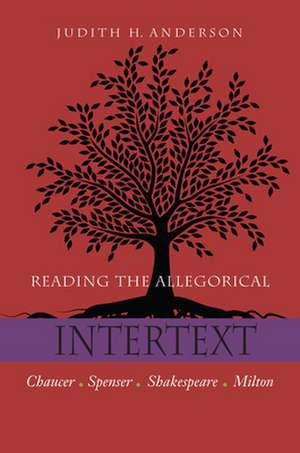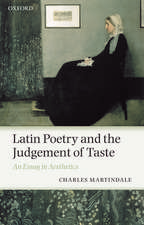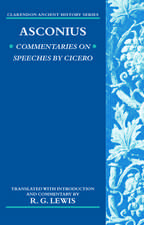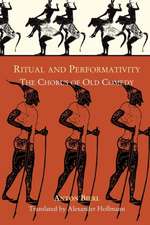Reading the Allegorical Intertext – Chaucer, Spenser, Shakespeare, Milton
Autor Judith H. Andersonen Limba Engleză Paperback – 2 ian 2011
| Toate formatele și edițiile | Preț | Express |
|---|---|---|
| Paperback (1) | 336.76 lei 6-8 săpt. | |
| ME – Fordham University Press – 2 ian 2011 | 336.76 lei 6-8 săpt. | |
| Hardback (1) | 597.75 lei 6-8 săpt. | |
| ME – Fordham University Press – 14 mai 2008 | 597.75 lei 6-8 săpt. |
Preț: 336.76 lei
Nou
Puncte Express: 505
Preț estimativ în valută:
64.44€ • 67.28$ • 53.33£
64.44€ • 67.28$ • 53.33£
Carte tipărită la comandă
Livrare economică 04-18 aprilie
Preluare comenzi: 021 569.72.76
Specificații
ISBN-13: 9780823228485
ISBN-10: 0823228487
Pagini: 452
Dimensiuni: 152 x 228 x 15 mm
Greutate: 0.54 kg
Editura: ME – Fordham University Press
ISBN-10: 0823228487
Pagini: 452
Dimensiuni: 152 x 228 x 15 mm
Greutate: 0.54 kg
Editura: ME – Fordham University Press
Recenzii
Reading the Allegorical Intertext gives rich attention to its four authors-Chaucer, Spenser, Shakespeare, and Milton-although Spenser, who plays a major part in seventeen of the nineteen chapters, remains at the heart of the book.
A collection of essays written over a distinguished critic's career. . .
...an impressive collection of seventeen of Judith Anderson's previously published articles...-Melanie Ord
A collection of essays written over a distinguished critic's career. . .
...an impressive collection of seventeen of Judith Anderson's previously published articles...-Melanie Ord
Notă biografică
Judith H. Anderson is Chancellor's Professor of English at Indiana University.




















